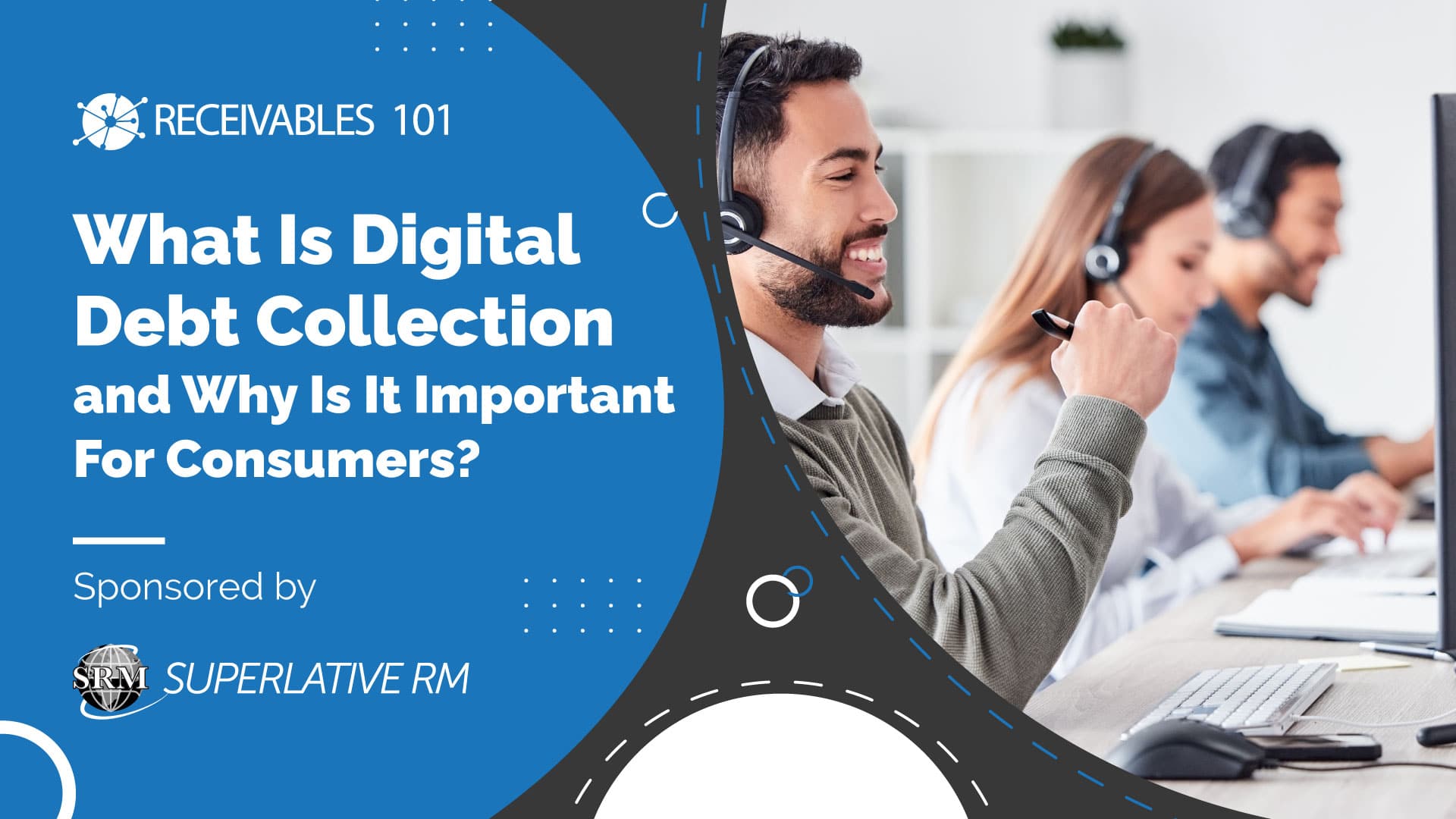
What Is Digital Debt Collection and Why Is It Important For Consumers?
Digital Debt Collection represents the fundamental shift the collections industry has had to take over the last decade. As more consumers have access to smartphones, high speed internet, and a swath of other communication tools, collectors have worked tirelessly trying to both keep up and stay current with regulations.
Defining Digital Debt Collection
Digital Debt Collection represents a departure from the traditional methods of debt collection, which typically involve letters and phone calls. Instead, Digital Debt Collection utilizes a range of digital communication methods to engage with consumers. The three most prominent avenues are text messages, emails, and virtual agents. However, the boundaries of Digital Debt Collection are expanding to include innovative approaches utilizing new LLM models supplementing the growing omnichannel approach.
All of these consumer-first, digital-focused communication tools represent the Digital Debt Collection revolution. The importance to consumers, however, lies in the ease of access. Instead of relying on snail mail, or phone calls, which many modern consumers do not want to deal with, Digital Debt Collection allows for collectors to meet consumers right where they are already browsing.
The Shift Towards Digital Communication
In the wake of the COVID-19 pandemic that happened congruent with FDCPA Reg F changes, call centers faced unprecedented challenges. The ability to adapt swiftly to changing circumstances was crucial for all collection agencies’ survival. The most successful call centers were those that could pivot quickly by leveraging Omni-Channel functionality. This shift emphasized the importance of digital communication channels in the debt collection industry.
Understanding Consumer Preferences
Consumer demographics play a significant role in the effectiveness of debt collection strategies. It’s essential to recognize that people under the age of 35 are far less likely to answer a phone call compared to responding to a text message. This generational shift in communication preferences underscores the necessity of adapting to digital channels to engage with younger consumers effectively.
In fact, collection agencies are already understanding the value of the shift. In a recent TransUnion study, it was found that 100% of respondents indicated that the voice/digital experience was critical, somewhat important, or important to meeting regulatory/compliance standards. These findings demonstrate that the voice/digital channel is integral to successful business operation for collectors, particularly when it comes to complying with regulations, such as the CFPB’s Regulation F, which limits, in part, contact to seven attempts in seven days.
Benefits of Digital Debt Collection for Consumers
So Digital Debt Collection is important, critical, and effective for collections, but what are the benefits for consumers?
1) Convenience and Flexibility
Digital Debt Collection offers consumers the convenience of engaging with debt collectors on their own terms. They can respond to messages and emails at their convenience, reducing the intrusion of unexpected phone calls.
Not only is convenience measured by where consumers choose to communicate and when, but also by how. Instead of finding time in their work schedule to respond to a collections call, they can easily text back or check the status of their accounts on comprehensive online portals.
2) Transparency and Accountability
Electronic communication leaves a digital trail that provides both parties with a transparent record of interactions. This transparency can help build trust and accountability.
This is especially important in the modern age. While the FDCPA and Reg F guidelines provide a comprehensive framework for agencies to follow, consumers are still filing thousands of lawsuits against agencies. Having a good paper trail is everything many agencies need to fight frivolous litigation or prove compliance.
And for consumers, having online account access that has every transcript of all conversations or records of all transactions proves that your agency isn’t there to catch them off guard.
3) Reduced Stress
For many consumers, the traditional debt collection process can be stressful and intimidating. Digital Debt Collection allows for a more relaxed and less confrontational approach, potentially leading to better communication and resolution. A less stressed consumer is a more transparent consumer. Digital collection allows agencies to collect while not overcrowding them with pesky phone calls or letters in the mail.
4) Timely Updates
Consumers receive timely updates and reminders about their obligations, helping them stay on track with payments and avoid further penalties. Digital Debt Collection gives agencies the ability to implement new, innovative features to their online ecosystems including payment scheduling, payment notifications, or even AI-assisted consumer care representatives to assist with the easier questions and reduce employee obligations.
Making Adjustments With Time
Digital communications is all about providing a consumer-centric collections approach. We all use smartphones everyday. Providing your account holders with the ability to make payments, interact with your agency, and seek out information in the palm of their hand rather than at the pace of physical mail is the key to every agency’s prolonged future.
Thank You To Our Sponsor Superlative RM
Superlative RM (SRM) is an accounts receivable management company that assists clients by contacting consumers to resolve outstanding account balances. Superlative RM is nationally licensed and works diligently to follow all current state and federal guidelines. Superlative RM bridges the gap between creditors and consumers by innovating user-friendly, digital account resolution options.







